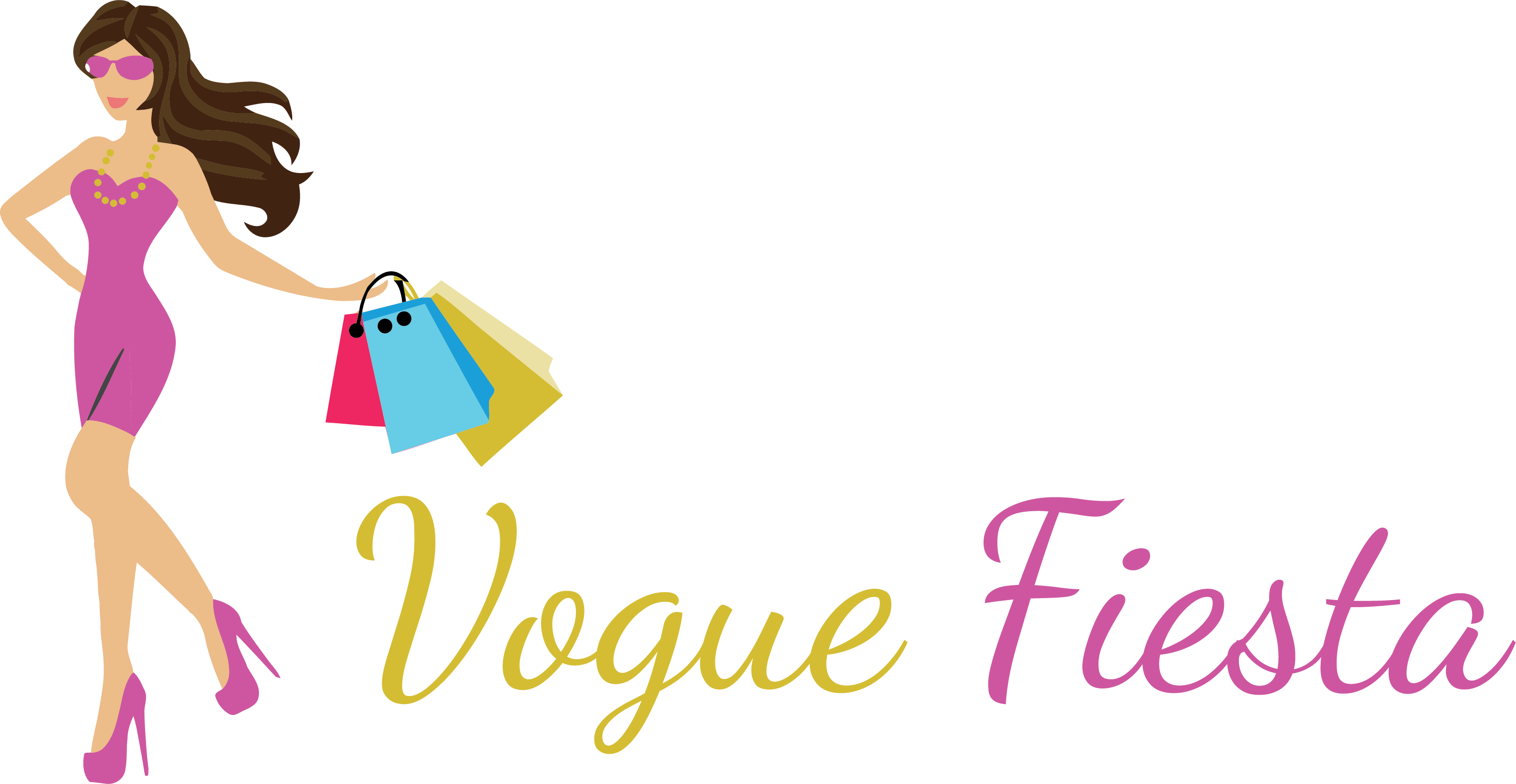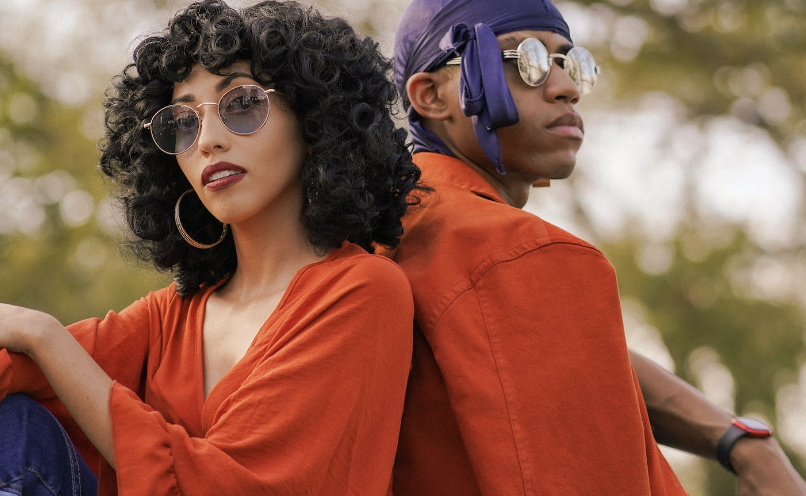A wide range of psychological characteristics, such as social identification, self-expression, and social comparison, have an impact on consumer behavior and fashion trends. Indeed, this article goes deeper into the psychology of customer behavior and fashion trends. The fashion business is always changing and developing new trends, styles, and designs. Fashion trends include lifestyle choices and forms of self-expression in addition to apparel and accessories. Understanding the fundamental causes of fashion trends is important since the psychology of fads and consumer behavior is intricate and multidimensional.
Factors driving fashion trends
- The drive for self-expression is among the key elements influencing fashion trends. Using clothing as a means of self-expression, people can share their identities and personalities with the world. Our clothing choices can reveal a lot about our tastes, values, and way of life. Fashion trends that fit with a person’s values, hobbies, and personality tend to attract people.
- Social impact is another significant component that influences fashion trends. Humans are social creatures, and as such, the individuals we interact with frequently affect our behaviors and preferences. Trends in clothing are not an exception to this. To feel like a part of their social circles and to blend in, people frequently wear the newest fashion trends. Fashion trends have also been significantly influenced by social media. To keep up with the newest fashion trends, people frequently follow celebrities and fashion influencers on social media sites like Instagram, TikTok, and Pinterest.
- The psychology of exclusivity and scarcity also plays a big role in influencing fashion trends. By releasing products in small numbers or creating limited edition collections, fashion designers frequently evoke a feeling of exclusivity. Consumers feel an urgency to buy the products before they run out as a result of the scarcity. The perception of exclusivity and scarcity also helps the product’s perceived worth, which raises consumer interest in it.
- Moreover, fashion trends are significantly influenced by the psychology of nostalgia. Individuals frequently experience nostalgia for the fashion trends they followed as children or teenagers, which frequently results in a comeback of such patterns. Fashion companies take advantage of this trend by reissuing vintage styles or developing fresh patterns that draw inspiration from the past.
- Last but not least, the psychology of emotion is a key element in shaping fashion trends. People often buy clothes that make them feel good since garments may elicit emotions. Fashion companies frequently produce looks that inspire uplifting feelings like joy, self-assurance, and empowerment. Individuals are drawn to fashion trends that enhance their self-expression and make them feel good.
Psychological issues in the fashion industry
The fashion industry has its share of psychological problems, but it can also be gorgeous and thrilling. Some of the most important psychological problems affecting the fashion business are listed below:
- Body image issues: It is well known that the fashion industry promotes unrealistic beauty standards and a focus on thinness. Both models and customers may develop eating disorders and body image problems as a result of this.
- Self-esteem issues: People’s self-esteem can be impacted by fashion trends and styles. For instance, if someone feels inadequate and less confident about themselves because they do not suit the current fashion trend.
- Consumption and materialism: The fashion industry is based on consumerism, which can cause consumers to place a higher value on material goods than on interpersonal connections and personal development.
- Worker exploitation: The fashion industry has come under fire for taking advantage of its employees, especially those in poor nations. For customers who are aware of these problems, this might cause emotions of guilt and moral difficulty.
- Conformity pressure: Fashion trends may put people under pressure to adhere to particular aesthetics and societal norms. This may result in uneasy sentiments and pressure to fit in.

In conclusion, there are many different facets and complicated psychology behind consumer behavior and fashion trends. Some of the main elements that influence fashion trends include self-expression, societal influence, scarcity and exclusivity, nostalgia, and emotion. Fashion companies that comprehend these fundamental factors can develop goods that connect with consumers and influence the newest trends in fashion.

